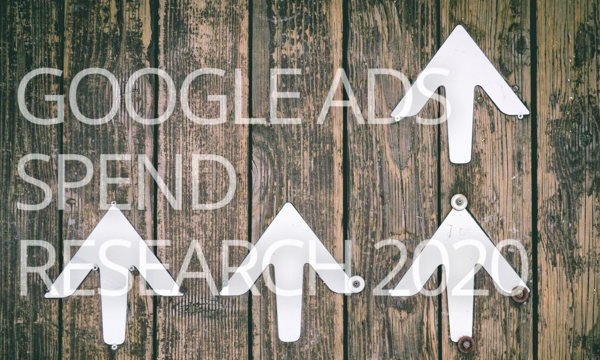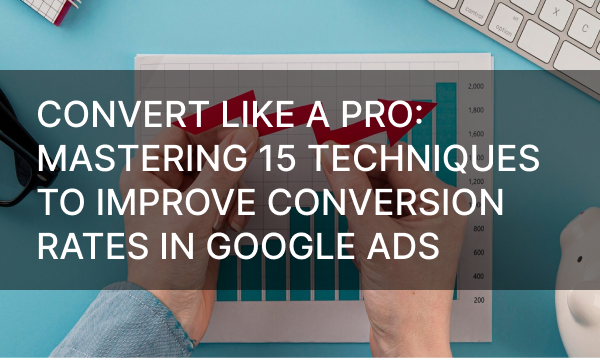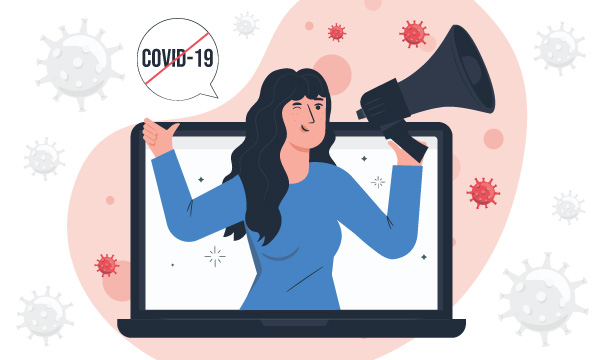As a business, your advertising campaigns are meant to strengthen your brand and boost profits. But focusing solely on promoting your products or services might not deliver the impact you’re aiming for. In today’s ad-saturated world, many people have grown desensitized to traditional marketing. Even if your campaign is well-executed, it may still fail to resonate.
But what if the key isn’t promoting your product, or even the lifestyle it represents?
What is Social Advertising?
Unlike traditional advertising, which promotes products to drive revenue, social advertising (also known as public service advertising) focuses on raising awareness around social issues. These campaigns aim to inspire empathy, encourage action, and foster a better future by addressing topics such as environmental protection, public health, equality, and social justice.
Using platforms like TV, social media, radio, and digital outlets, social advertising reaches broad audiences and drives meaningful change. And while its purpose isn’t profit, it can still benefit businesses by improving public perception and building brand trust.
Why Social Advertising Matters
Social advertising has both societal and commercial value. Before diving into its advantages, let’s explore the key features that define effective social campaigns:
- A compelling call to action (CTA): A successful social ad must be emotionally resonant, clearly communicate its message, and inspire viewers to take specific action.
- Targeted messaging: Like any good ad, social campaigns need a clearly defined audience – people most likely to care about the issue and act on it.
- Emotional impact: Think of the most powerful social ads you’ve seen. They probably shocked, saddened, or moved you. Emotion creates a connection between the viewer and the issue, increasing engagement and memorability.
- Lasting influence: Effective social advertising leads to sustained changes in public opinion, behavior, or policy. Impact is measured not only by reach but by how it shapes beliefs and actions.
- Collaborative approach: Because nonprofits often lack funding, they frequently partner with businesses to combine resources and expertise. These alliances amplify the campaign’s reach and effectiveness.
Benefits for Businesses
While social ads aren’t designed to sell, they still offer several strategic advantages to companies:
- Social impact: Engage in conversations that matter and demonstrate your values.
- Brand goodwill: Gain support from consumers who value brands that care about more than just profit.
- Behavioral influence: Help shape customer values and choices that align with your mission.
- Public awareness: Contribute to a better-informed, safer, and more equitable society.
Key Themes in Social Advertising
Social ads cover a wide range of issues. Here are some of the most common types:
Environmental Campaigns
Focus on issues like climate change, pollution, deforestation, and wildlife extinction. These campaigns underscore the link between a healthy planet and human survival, highlighting how our industrialized lifestyle puts everything at risk.
Addiction Awareness
Highlight the growing problem of substance abuse. These campaigns offer support, promote prevention, and encourage treatment, reminding us not to ignore those struggling with addiction and the families affected by it.
Public Health
Promote disease prevention, vaccinations, regular checkups, and healthy lifestyles. Public health starts with personal responsibility and awareness.
Violence Prevention
Address issues such as bullying, domestic abuse, and general violence. These campaigns promote safe communities by encouraging intervention, empathy, and inclusivity.
Anti-Poverty Efforts
Raise awareness about economic inequality, its causes, and its consequences. These campaigns advocate for equal access to basic needs and opportunities.
Community Development
Encourage people to support one another and build stronger, more compassionate communities. These campaigns reinforce collective responsibility and resilience.
Education and Literacy
Promote equal access to education, regardless of social status, background, or income. These campaigns support intellectual development and opportunity for all.
Diversity and Inclusion
Challenge discrimination and promote equal rights, regardless of race, religion, disability, or identity. These campaigns strive for empathy, acceptance, and fairness.
Road Safety
Advocate for responsible driving, adherence to road rules, and accident prevention. These campaigns aim to save lives and reduce harm.
These campaign types are consistently relevant, allowing businesses to engage with ongoing social challenges in meaningful ways.
Shaping Public Opinion Through Social Ads
Social advertising has the power to influence public sentiment. When done well, it can elevate a brand’s reputation and position it as a socially responsible leader.
These campaigns are designed to spark emotion, drive reflection, and encourage long-term behavioral change. A brand that visibly cares about its customers and community earns greater respect and trust.
Rather than focusing on your product, focus on a cause your brand can support. Aligning your business with social good helps shape how people perceive you beyond what you sell.
How To Launch a Social Advertising Campaign
If you’re ready to get started, here’s how to integrate social advertising into your marketing strategy:
- Choose a campaign type and topic: Research current societal trends and identify a cause that’s both timely and meaningful to your brand.
- Find a partner: Collaborate with another business or nonprofit that shares your values and goals.
- Craft your message: Work together to define the visuals, message, and tone. Decide what you want your audience to feel and do.
- Select your media platforms: Choose the channels – billboards, digital, social media, radio – that best suit your message and target audience.
To make a lasting impression, ensure your campaign is:
- Emotional – it should stir feelings.
- Relatable – it should reflect real human experiences.
- Direct – your call to action should be clear and compelling.
Real-World Examples
Ogilvy & Mather – HIM Campaign (2012)
This breast cancer awareness initiative encouraged husbands to support their wives by choosing a chore to complete, giving them time to conduct a self-exam. Couples received a kit with instructions, promoting early detection and potentially saving lives.
WWF – “Before It’s Too Late”
A striking image of a forest shaped like human lungs, with one lung being cut down, powerfully illustrated the connection between deforestation and public health. The minimalistic but impactful message resonated worldwide.
STIR India & FCB Group – “Untangling the Politics of Hair”
This campaign spotlighted oppressive cultural norms around women’s hair through haunting imagery of women trapped in their own locks. It raised global awareness of ongoing protests in Iran and broader issues of bodily autonomy.
Conclusion
Social advertising is a powerful tool for societal change and brand development. These campaigns address urgent issues – environmental damage, public health, inequality, poverty – and give your brand a voice in shaping a better world.
While they may not directly drive profits, they significantly enhance brand image and build lasting emotional connections with audiences. By showing that your business stands for something greater than sales, you earn respect, trust, and loyalty that go far beyond any single product.



